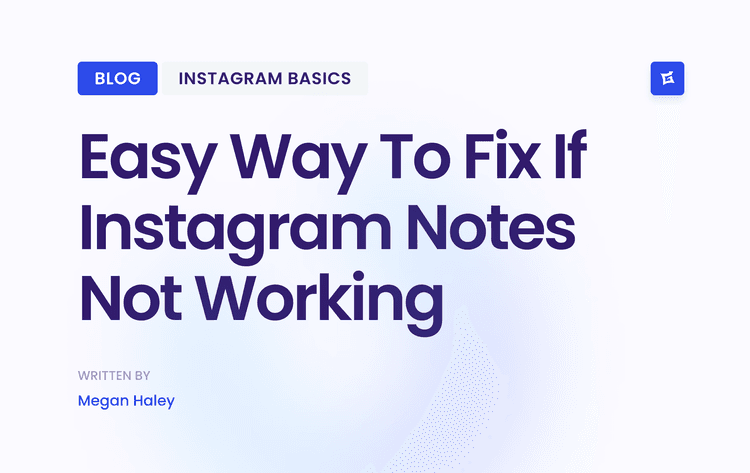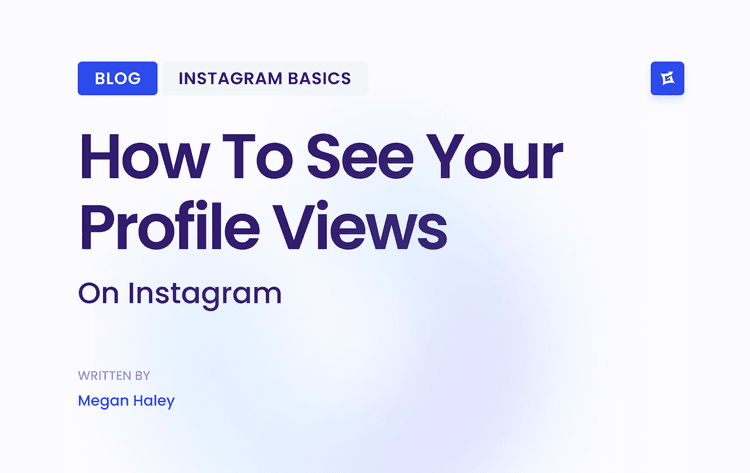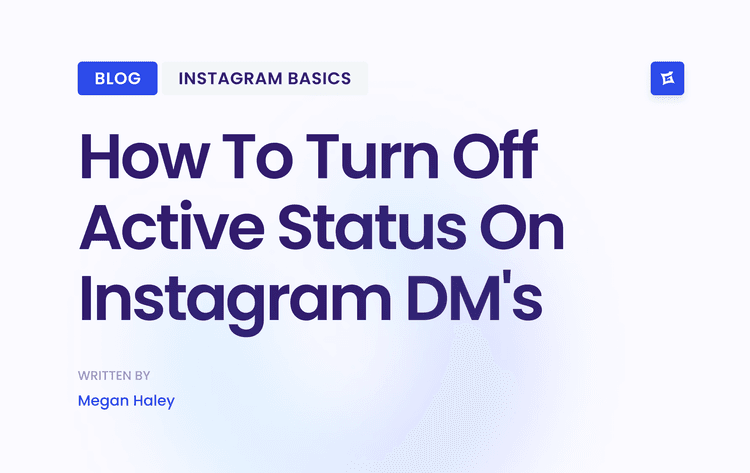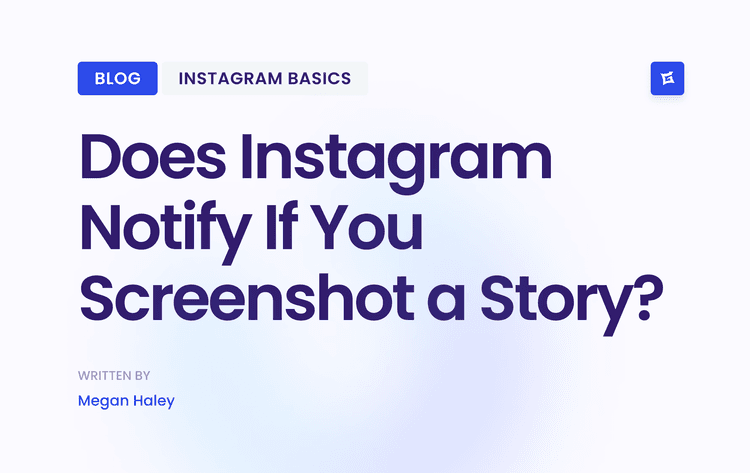Laying the Unshakeable Foundation for Your Brand
So, where do you start? The goal is to define who you are, who you serve, and why anyone should care. This clarity will guide every single decision you make from here on out.
Figure Out Your Core Identity
First things first, you need to pinpoint your brand’s purpose. What specific problem are you solving, and how do you solve it better than anyone else? This is your unique value proposition, and it needs to be crystal clear. Don't just rattle off a list of product features; talk about the real-world benefits for your customers.
From there, you can define your mission and values. These aren't just fluffy statements to put on an "About Us" page. They're the guiding principles that attract the right kind of customers—the ones who believe in what you believe in.
This journey, from someone just hearing about you to becoming a loyal fan, is a process.
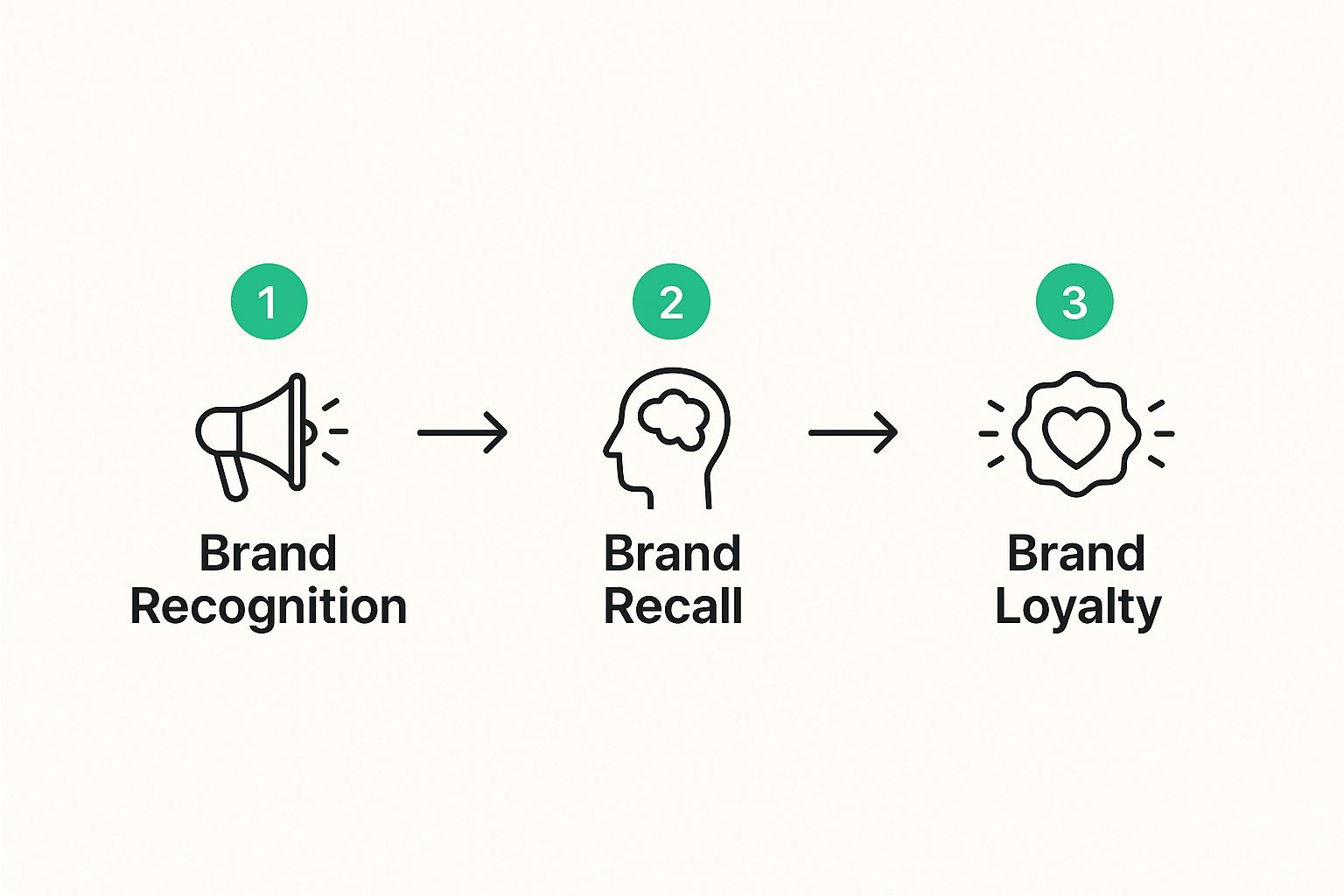
As you can see, turning simple recognition into true loyalty takes time and trust, which all starts with that solid foundation.
Get to Know Your Audience—Really Well
You can't get your name out there if you don't know who you're talking to. And I mean really know them, not just their age and location. It's time to build out detailed buyer personas.
What are their biggest frustrations? What are their goals? Where do they hang out online when they’re scrolling on their phone at 10 PM? Good audience research tells you not just who your customers are, but how to connect with them in a way that feels genuine.
This understanding directly shapes your brand voice. Are you a serious, authoritative expert? Or are you more like a witty, helpful friend? Whatever you choose, that tone has to be consistent everywhere, from your website copy to your social media replies.
To help you nail this down, here's a quick checklist of the core elements that make up a strong brand foundation.
Core Brand Foundation Checklist
Before you spend a dollar on advertising, run through this checklist. Answering these questions honestly will give you the clarity needed to build a brand that people actually remember and trust.
Unique Value Proposition: The key question to answer is, “What makes you the only choice for your ideal customer?” This matters because it is the core reason someone chooses you over a competitor.
Mission Statement: The key question to answer is, “Why does your brand exist beyond making money?” This matters because it inspires your team and attracts customers who share your values.
Buyer Personas: The key question to answer is, “Who are you really talking to?” (considering demographics, pain points, and goals). This matters because it ensures your messaging and content actually resonate with people.
Brand Voice & Tone: The key question to answer is, “What does your brand sound like in conversation?” This matters because consistency in voice builds a recognizable and relatable personality.
Visual Identity: The key question to answer is, “Do your logo, colors, and fonts reflect your brand’s personality?” This matters because visuals create an immediate impression and improve brand recall.
Nailing down these foundational pieces ensures that when people talk about your brand, they’re saying the right things. This is how you build a cohesive, trustworthy brand.
For a structured approach to keeping everything consistent, our guide on creating https://www.gainsty.com/blog/social-media-brand-guidelines is a fantastic resource.
At the end of the day, it all boils down to trust. In fact, 81% of consumers say they need to trust a brand before making a purchase. That trust doesn't just appear overnight; it's earned through consistency. If you're looking for more inspiration, you can explore some modern strategies to increase brand awareness that build on these foundational principles.
Creating Content That Connects and Captivates
Once you've nailed down your brand's foundation, your content is what gives it a voice. But let's be real—in a world of endless scrolling, just making content isn't going to cut it. Your stuff has to be good enough to stop someone's thumb mid-scroll and memorable enough to stick with them.
This is the real work of moving from just another company to a name people know and trust.
Great content isn't about yelling your sales pitch into the void. It’s about being genuinely helpful—solving problems, answering the questions people are actually asking, and building a foundation of trust. The core of understanding effective content creation is leading with value. When you do that, you become the expert, the one people turn to when they're finally ready to make a purchase.
Establish Your Content Pillars
Before you even think about writing a blog post or shooting a video, you need to map out your content pillars. These are the 3-5 core topics that your brand will consistently talk about. Think of them as the main buckets of expertise that align perfectly with what your audience needs and what your business offers.
Let's say you run a fitness apparel brand. Your pillars could look something like this:
Workout Performance: All about tips, techniques, and guides to help people crush their fitness goals.
Active Lifestyle Nutrition: Simple recipes and practical meal-planning advice for busy people.
Mindset and Motivation: Real stories and strategies to help your audience stay consistent and push past mental blocks.
Having these pillars keeps your content focused. Instead of posting random, disconnected ideas, you’re building a cohesive library of resources that people can actually rely on.
> Your brand is built on meaning, and that meaning has to be social. You create it one valuable piece of content at a time, building a shared understanding with the people you want to reach.
Master the Art of Storytelling
We’ve all heard it: facts tell, but stories sell. More than that, stories connect. Every post, video, or email is a chance to tell a story that hits on an emotional level.
So, instead of just listing your product's features, tell the story of the problem it was designed to solve. Don't just tell people it works—show them.
For example, a skincare brand could share a real customer’s journey, from feeling self-conscious about their skin to feeling confident and empowered. That human element is infinitely more compelling than a dry list of active ingredients. It turns a simple product into a life-changing solution and a brand into a trusted friend. Diving into visual storytelling techniques is a great way to learn how to craft these narratives, especially for visual platforms like Instagram.
When you communicate this way, you’re building a genuine bond. People who feel emotionally connected to your story are far more likely to remember you, trust you, and become your biggest fans. Your content stops being just information and starts becoming an experience.
Getting Your Message Out on the Right Channels

Creating fantastic content is a huge win, but it’s only half the job. If nobody sees it, your brand is just shouting into the void. To really move the needle on brand awareness, you need a smart, deliberate plan to get that content in front of the people who matter most—on the channels they already use and trust.
This isn't about blasting your message everywhere. That's a classic recipe for burnout and a drained budget. It’s about being strategic. The real goal is to consistently appear in the places your ideal customers hang out, building the kind of familiarity and authority that makes your brand the obvious choice.
Lay a Solid SEO Foundation
Think of search engine optimization (SEO) as your long-game strategy for consistent, free traffic. It’s like setting up shop on the busiest digital street corner. When people are actively searching for answers to problems you can solve, you want your brand to be right there waiting for them.
Start with the essentials: keyword research. Figure out what your audience is actually typing into Google. Don't just guess at broad industry terms; dig into the specific questions and phrases they use. Tools like Google Keyword Planner or Ahrefs are invaluable for this kind of discovery work.
Once you have a solid list of keywords, start weaving them naturally into your website, blog posts, and page titles. This is how you signal to search engines what your content is all about, which helps them match you with the right searchers. A single, well-optimized blog post that genuinely helps someone can continue to attract new visitors and build brand awareness for years to come.
Pick Your Social Media Battlegrounds
Here’s a hard truth: not all social platforms are right for your brand. Your audience has its favorites, and that's where you need to be. A B2B tech company will likely find its tribe on LinkedIn, whereas a boutique clothing brand is going to kill it on Instagram and TikTok.
Spreading yourself too thin is a rookie mistake. Select one or two channels where your target customers are genuinely active and engaged, and dedicate your resources to them. It's about depth, not width. Focus on creating content that feels native to that platform’s culture and format. For Instagram, that means killer visuals, snappy Reels, and interactive Stories that invite conversation.
> The big shift happens when you stop using social media as a broadcast tool and start using it as a community hub. Answer comments, join conversations, and build real relationships. That’s how you build a loyal following, not just a list of followers.
Build Powerful Partnerships and Collaborations
One of the fastest ways to build trust is to borrow it. Teaming up with an established, non-competing brand or creator puts you in front of a new, highly relevant audience that already trusts the source. It’s a powerful shortcut to credibility.
Here are a few ways to make this happen:
Guest Posting: Share your expertise by writing a killer article for a well-respected blog in your niche. You’ll establish yourself as an authority and funnel interested readers back to your own site.
Co-Hosting a Webinar: Find a business that serves a similar audience and host a joint webinar. You both promote it to your respective lists, instantly doubling your promotional reach.
Influencer Marketing: Working with influencers gives you a direct line to their dedicated followers. In fact, 34% of brands are now running influencer campaigns to tap into that built-in trust and social proof. You can dig deeper into these kinds of powerful branding strategies to see just how effective they are.
Fostering Community and Igniting Social Proof
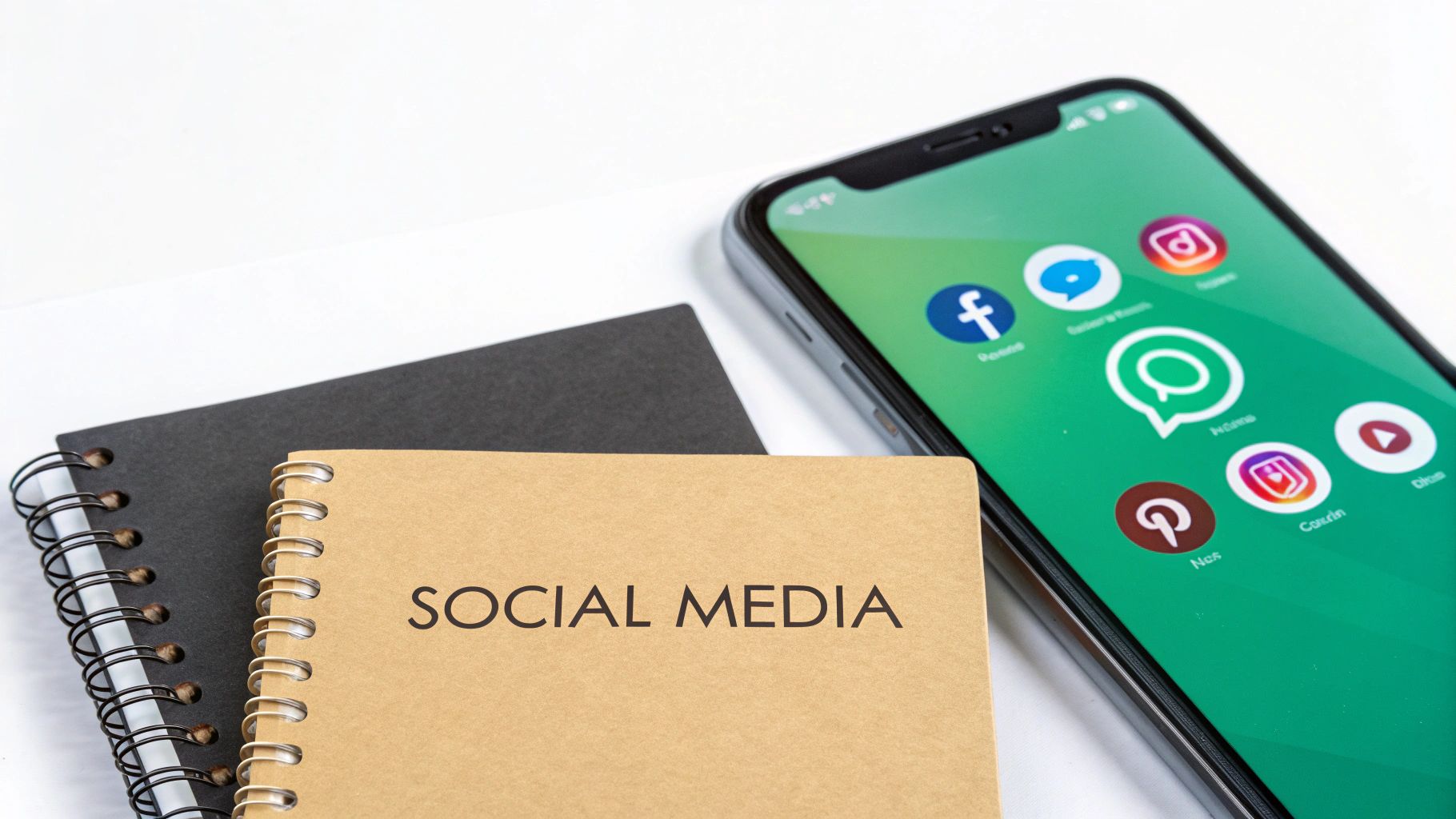
Once you've got great content and a smart plan to share it, the real magic begins. It comes from the people who already know and love your brand. Your happiest customers are your most powerful marketers, and you simply can't buy the kind of genuine enthusiasm they bring to the table. The goal is to turn their quiet satisfaction into vocal support.
This happens when you deliberately build a sense of community and start showing off your social proof. It’s all about creating a space where your customers feel connected—not just to your brand, but to each other. When people see others like them raving about your products, it builds an incredible amount of trust and makes your brand feel like the right choice.
Turning Customer Voice into Social Proof
Think of social proof as the digital version of word-of-mouth. It’s unbelievably persuasive. For a potential customer sitting on the fence, seeing a wave of positive reviews or a single, heartfelt testimonial can be the final push they need to click "buy." The trick is to make it incredibly simple for your happy customers to share their thoughts.
You don't need some elaborate, expensive system to get this ball rolling. A simple automated email sent a week after a purchase can work wonders for collecting reviews. Or, you could run a fun contest on social media, asking followers to post photos using your product for a chance to win something cool.
> Don’t just collect reviews—celebrate them. When you highlight a fantastic testimonial on your homepage or share a customer’s glowing tweet, it shows you’re paying attention and that their opinion matters. That simple act of recognition often encourages others to share their own positive experiences.
Showcasing this feedback is just as critical as collecting it. Weave star ratings into your product pages, build a dedicated testimonials page on your website, and make a habit of sharing customer shout-outs on your social channels. Every single piece of feedback adds another layer of credibility to your brand.
Cultivating a Thriving Brand Community
Going beyond individual reviews, building a community creates an environment where your brand is the common ground. This shifts your customer base from a simple list of transactions into a loyal, dedicated tribe. A strong community doesn't just buy your products; its members support each other, give you priceless feedback, and evolve into your most passionate cheerleaders.
Think about creating a dedicated hangout for your fans:
A private Facebook Group: This is a perfect spot to offer exclusive content, give early access to new products, and let members chat and share tips.
An engaging Discord server: If you're in the gaming, tech, or hobbyist world, a lively Discord server is a fantastic place for real-time conversation.
A branded online forum: Hosting discussions on your own website is a smart way to drive traffic and position your brand as the go-to hub for your niche.
The content that comes out of these communities is pure gold. To really make the most of it, you need to know how to leverage user-generated content in a way that’s both effective and respectful. This kind of organic promotion feels far more authentic than any ad campaign and builds the kind of brand momentum that lasts.
Winning Over Niche and Local Markets

A generic, one-size-fits-all message rarely lands with anyone. If you want to build brand awareness that actually sticks, you have to get specific and talk directly to the communities that matter most to your business.
Think about it: what resonates with people in one city—or within a specific online subculture—might completely miss the mark somewhere else. This isn't just about translating your ads into another language; it’s about genuinely understanding the local humor, unique values, and specific pain points of a niche audience.
The Power of Being Hyper-Relevant
When you tailor your message, your brand stops feeling like a faceless corporation and starts feeling like a neighbor. A national coffee chain might throw money at a huge sporting event, but the local café sponsoring the neighborhood Little League team? That’s the one people remember and support.
That kind of localized effort shows you're actually invested in the community. It builds a level of trust that a massive, top-down national campaign just can't buy. It’s all about becoming a familiar, trusted face where your customers actually live, work, and play.
And the data backs this up. There’s a clear and growing preference for local brands, with 47% of global consumers saying that locally owned companies are a big factor in their buying decisions. In some regions, local brands aren't just competing with the big guys—they're winning. You can dig deeper into these consumer trends in the full McKinsey report.
Diving into Niche Communities
This same idea holds for online subcultures. Whether your people are into sustainable fashion, vintage gaming, or urban gardening, these groups have their own lingo, inside jokes, and trusted voices. A brand that just barges in with a generic sales pitch gets tuned out instantly.
But if you take the time to listen, learn, and participate authentically? You can build incredible awareness and loyalty.
Here’s how to do it right:
Be a Member, Not a Marketer: Before you ever mention your product, join the Reddit threads, Facebook groups, and Discord servers your audience calls home. Listen to the conversations and learn the culture from the inside.
Create Content Just for Them: Make stuff that speaks their language. If you're a skincare brand targeting gamers, create content about fighting "gamer skin" after a long session or protecting eyes from blue light. It shows you understand their world.
Work with Micro-Influencers: Find the creators who are already respected leaders in that community. An endorsement from one of them is worth more than a shoutout from a major celebrity because their audience genuinely trusts them.
> By becoming a genuine part of a specific subculture, even a small business can build dominant brand awareness. You’re not just selling a product; you’re showing that you get them.
Ultimately, winning over these specialized markets comes down to proving you understand your audience's world. This deep connection creates a powerful loyalty that bigger, more impersonal brands can only dream of, cementing your spot in the hearts and minds of your best customers.
Answering Your Top Brand Awareness Questions
Even with the best strategy in place, you're bound to run into questions as you start building your brand's presence. Getting a handle on these common sticking points from the get-go can save you a ton of headaches and help you put your resources where they'll make a real impact.
Let's dive into some of the questions I hear most often from people trying to grow their brand.
What’s the Real Difference Between Brand Awareness and Lead Generation?
This is a critical distinction that trips a lot of people up. They're both essential for growth, but they play very different roles.
Here’s a simple way to think about it: brand awareness is about making friends, while lead generation is about asking for a date.
Brand awareness is all about playing the long game. You're introducing your brand to a wide audience, making it familiar, and building a positive reputation. The goal is to be memorable. You'd track things like:
Social media reach and impressions
Direct website traffic and organic search volume
How often your brand gets mentioned online
Lead generation, however, is much more direct. You're zeroing in on people who are already familiar with you and capturing their information to turn them into potential customers. It's about converting that initial interest into a concrete sales opportunity.
> Brand awareness lays the groundwork. It builds the trust and recognition that makes someone willing to give you their email address in the first place. You can't ask for someone's number if they don't even know who you are.
Honestly, How Long Does This Take?
There's no magic switch for brand awareness. Building a brand that people truly recognize and trust is a marathon, not a sprint. Sure, a viral post can give you a nice, short-term boost, but lasting recognition comes from showing up consistently over time.
For most brands that are putting in the work, you'll start to see real, tangible momentum within 6 to 12 months. That timeline assumes you're consistently putting out valuable content, engaging with your community, and staying true to your brand's voice. The key here is consistency, not just a few bursts of intense activity.
What Metrics Should I Actually Be Tracking?
Measuring something as "soft" as brand awareness can feel a bit tricky, but there are definitely hard numbers you can watch to see if you're moving in the right direction. Just be careful not to get caught up in vanity metrics that look good but don't mean much.
Focus on the data that shows your brand's footprint is genuinely expanding. Here are the ones that matter most:
1. Direct Traffic: How many people are typing your URL directly into their browser? This is a gold-standard indicator that your brand name is sticking in people's minds.
2. Social Media Engagement and Reach: Look past your follower count. The real story is in how many people see your content (reach) and, more importantly, how many care enough to interact with it through likes, comments, and shares (engagement).
3. Branded Search Volume: Are more people searching for your brand name on Google this month than last month? A steady upward trend is a clear signal that your awareness efforts are paying off.
4. Share of Voice: This metric is about context. It measures how often your brand is mentioned online compared to your competitors. It answers the question: how much of the conversation in our industry do we actually own?
Do I Really Need Paid Ads to Build a New Brand?
While you can certainly grow a brand organically, it takes a lot of time and patience. Paid ads aren't strictly required, but they can be an incredible accelerator, especially when you're just starting.
Think of it as pouring gasoline on a small fire to get it going. A well-targeted, modest ad campaign can get your message in front of the right people immediately, help you test what resonates, and kickstart that crucial brand recall. For a new brand, a small ad budget is often a very smart investment to shorten the timeline to success.
Ready to fast-track your Instagram growth and build massive brand awareness? Gainsty uses advanced AI and expert strategies to connect you with real, engaged followers who love what you do. Stop guessing and start growing organically.

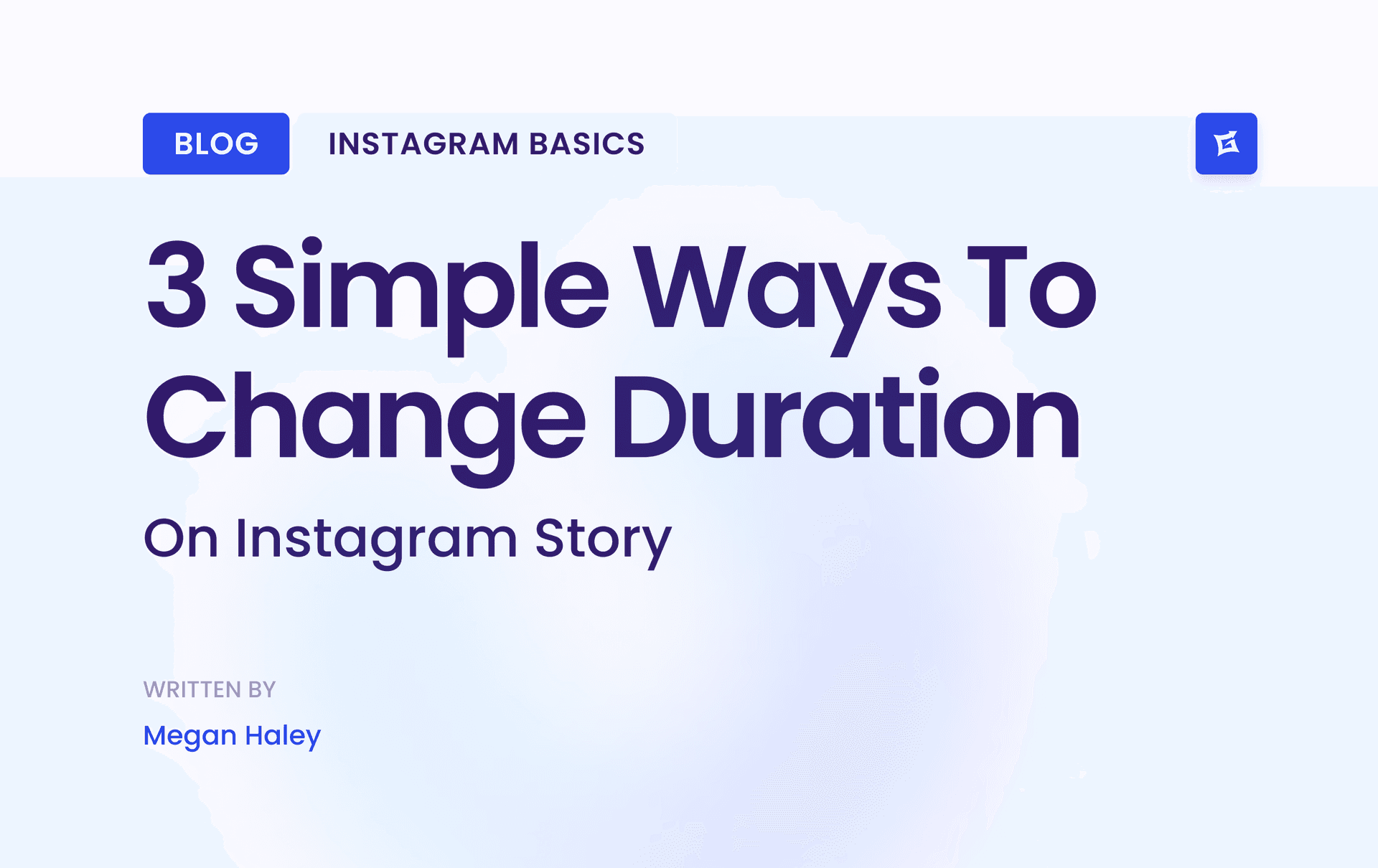
.png&w=1920&q=75&dpl=dpl_9XSWKBjhcBN6v6b1SN7m3p1WWjfr)
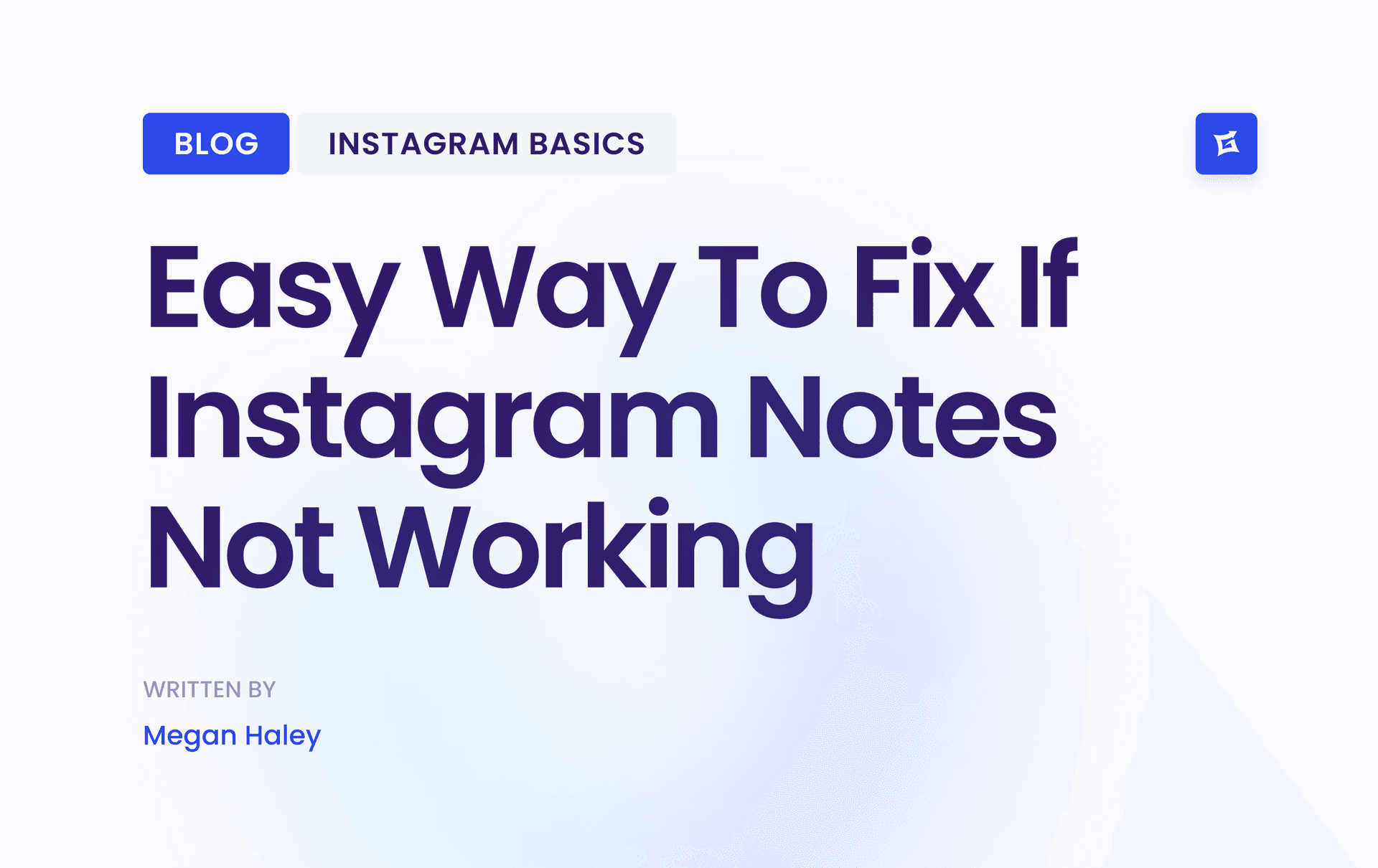
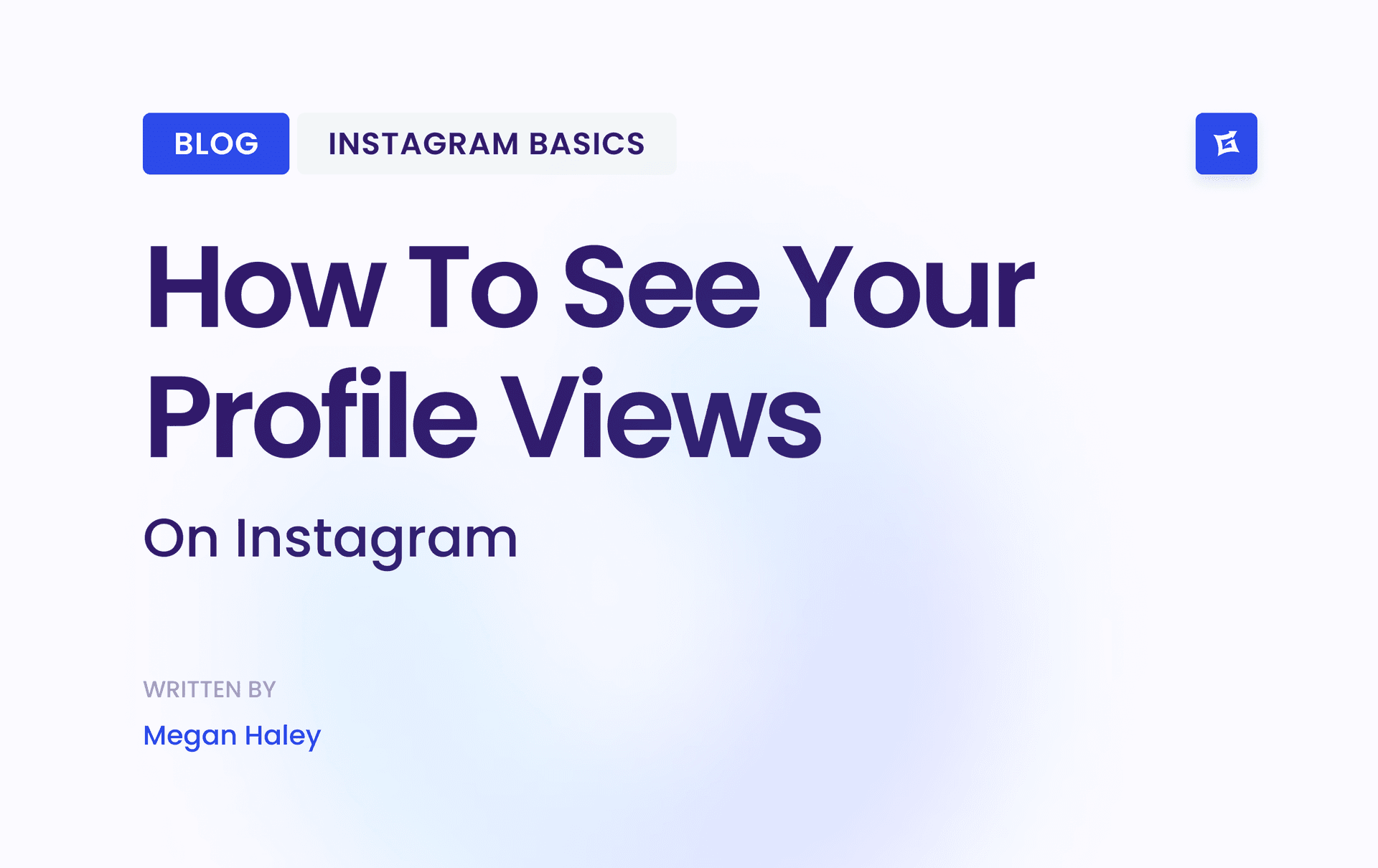
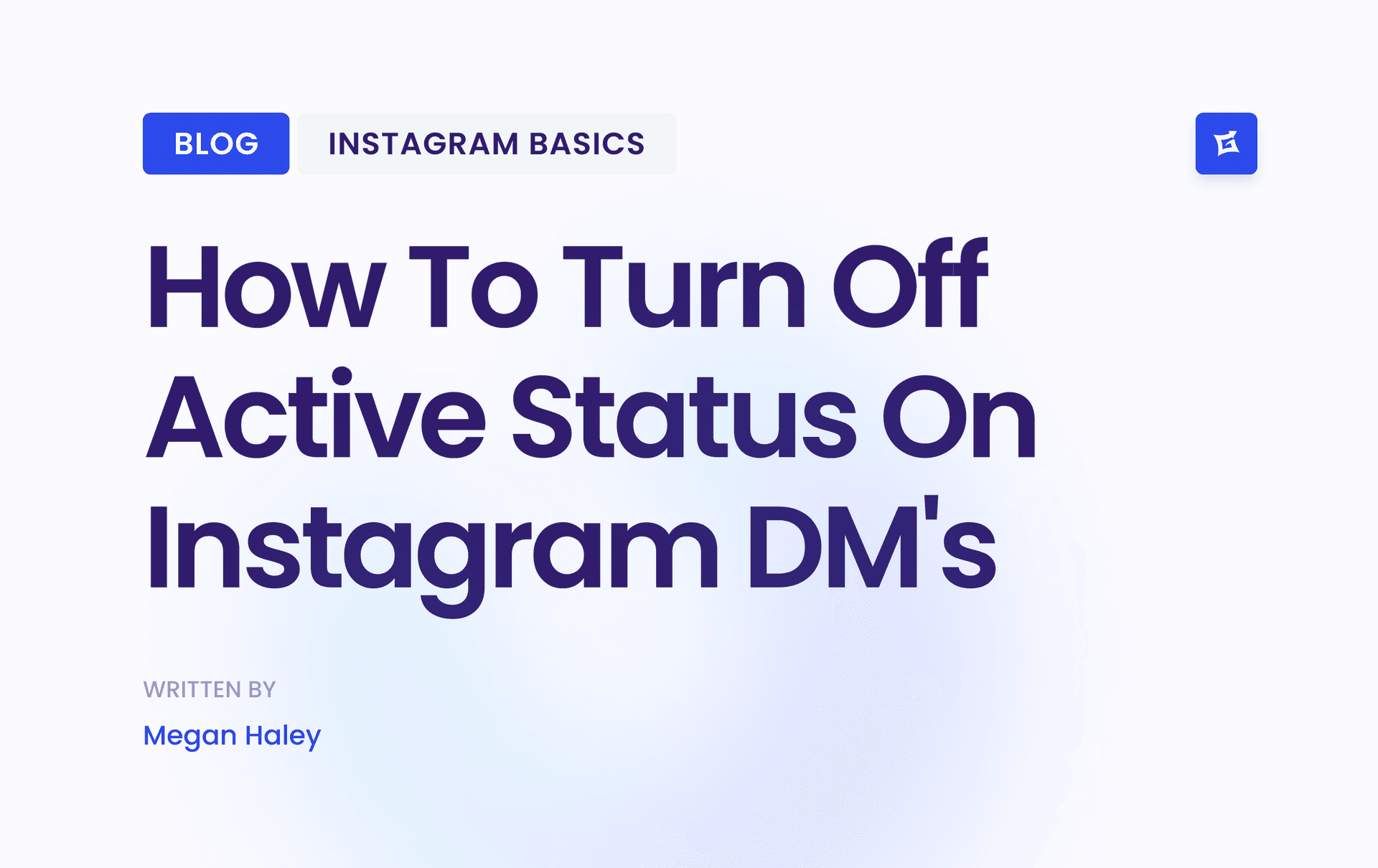
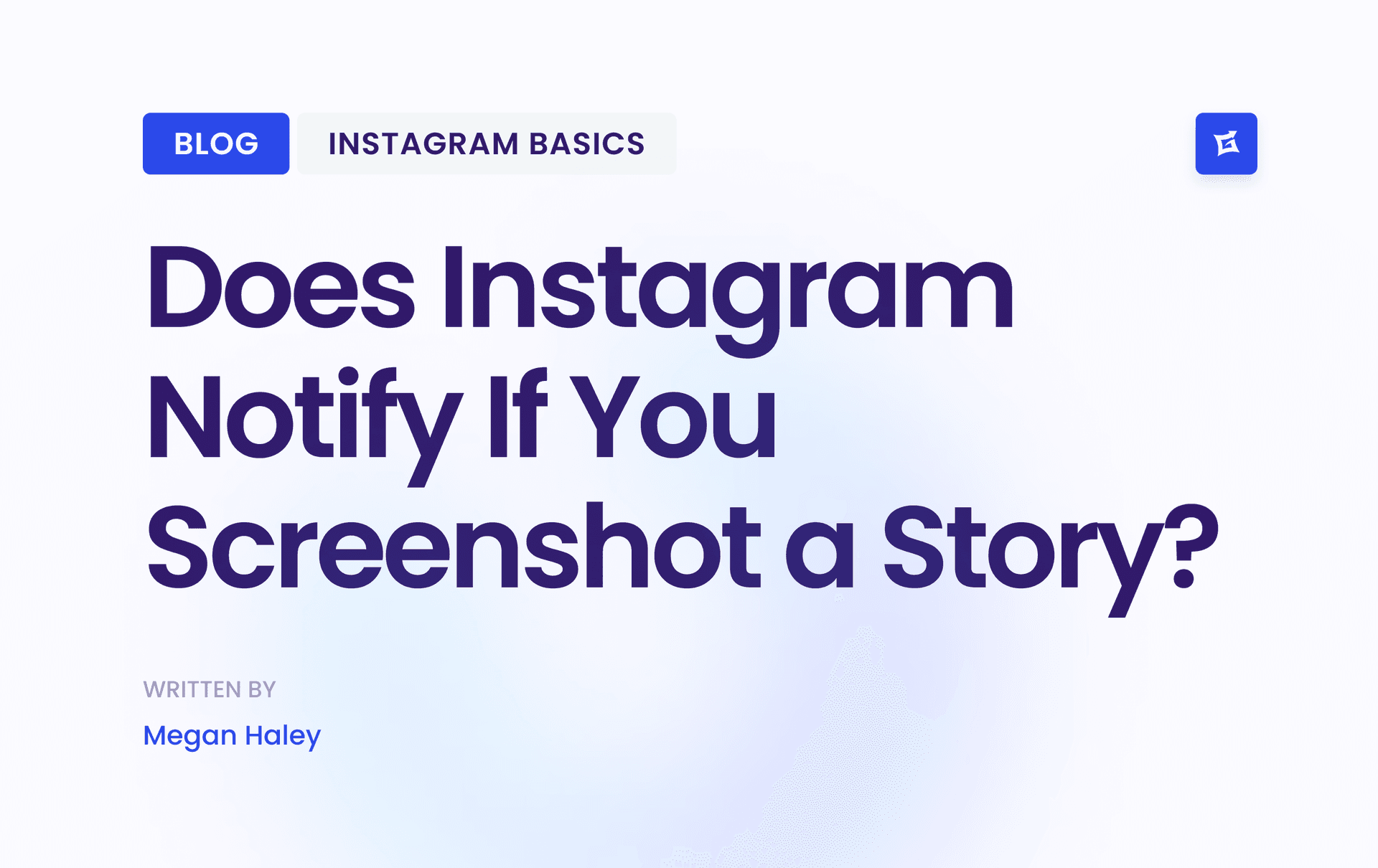



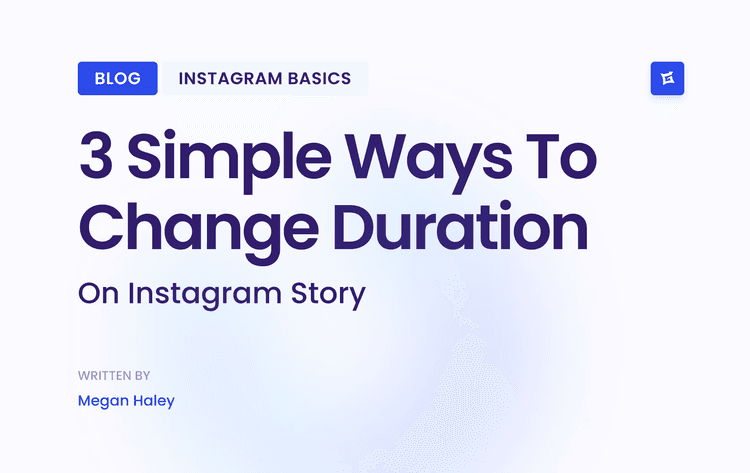
.png&w=750&q=75&dpl=dpl_9XSWKBjhcBN6v6b1SN7m3p1WWjfr)
